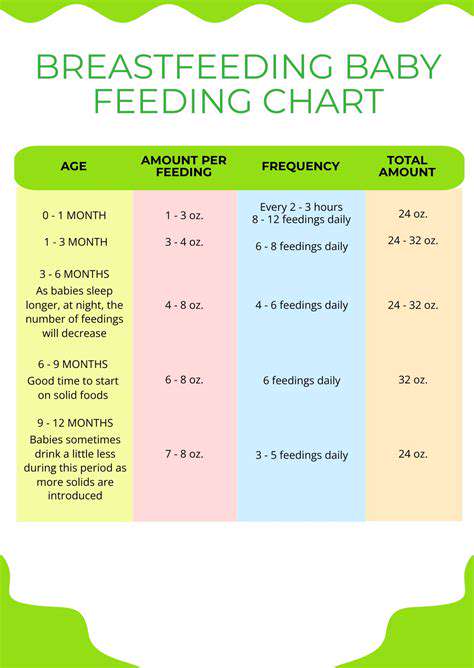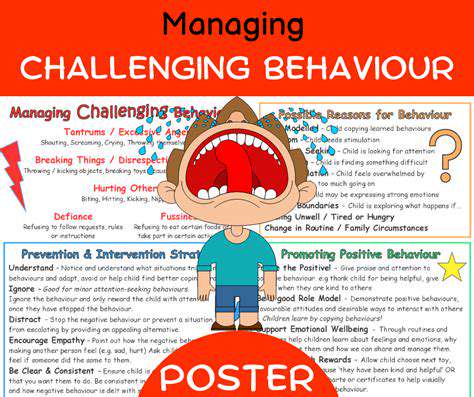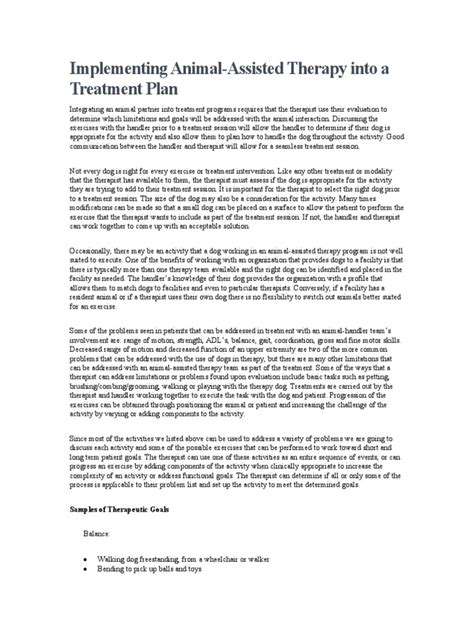Introducing Your New Pet to Existing Pets
Introducing a new pet to an existing household requires careful planning and execution, especially in the initial stages. A crucial aspect is creating a designated, safe space for the new arrival. This space should be a comfortable and secure area, ideally a room separate from the existing pets' primary areas. This allows the new pet to acclimate to its surroundings without feeling overwhelmed or threatened. Providing familiar scents, like blankets or toys from their previous environment, can also help ease the transition and create a sense of security. The goal is to foster a positive association with this space, which will be crucial for later interactions.
Establishing a routine for the new pet's feeding, resting, and playtime within this safe space is also vital. This consistency will help the pet feel more secure and predictable about its new environment. Avoid overwhelming the pet with excessive interaction or attention during these initial days. Allow the new pet to explore and adjust at its own pace. Patience and understanding are key during this period. Over time, the new pet will gradually become more comfortable and confident.
Controlled Interactions: Supervising Introductions
Once the new pet has settled into its safe space, you can begin controlled interactions with the existing pets. These interactions should be supervised at all times, ensuring that they remain calm and non-confrontational. Initial encounters should be brief and focused on neutral interactions, such as allowing the pets to smell each other through a barrier or a doorway. The goal is to familiarize them with each other's scents and body language without forcing physical contact.
Gradually increase the duration and frequency of these supervised encounters. It's essential to be aware of any signs of aggression or stress from either pet. These signs can include growling, hissing, or avoiding eye contact. If any of these signs appear, immediately separate the pets and reassess the situation. Positive reinforcement, such as treats or praise, can encourage calm and positive interactions. Always monitor the situation closely and intervene if necessary to prevent conflicts.
In addition to supervised encounters, introducing their toys and bedding in a controlled manner can also help create positive associations. Allowing them to explore each other's scent-laden objects can be beneficial in reducing anxiety and promoting trust. This method can be used to foster a sense of familiarity and comfort between the pets, gradually leading to more relaxed interactions.
Monitoring Progress and Addressing Concerns
Throughout the introduction process, it's essential to monitor the pets closely for any signs of stress or aggression. Pay attention to their body language, vocalizations, and overall demeanor. If you notice any concerning behaviors, such as growling, hissing, or avoiding eye contact, it's crucial to separate the pets immediately and re-evaluate the introduction process. Consult with a veterinarian or animal behaviorist if you're having difficulty managing the introduction or if concerns persist.
Documenting the progress of the introduction is also helpful. Note any changes in behavior, positive interactions, or any challenges encountered. This documentation can provide valuable insights into how the pets are adapting to each other and help you adjust your approach as needed. Consistency in approach and a gradual introduction will likely lead to a more harmonious cohabitation between the animals, allowing you to enjoy your new pet alongside your existing pets.











